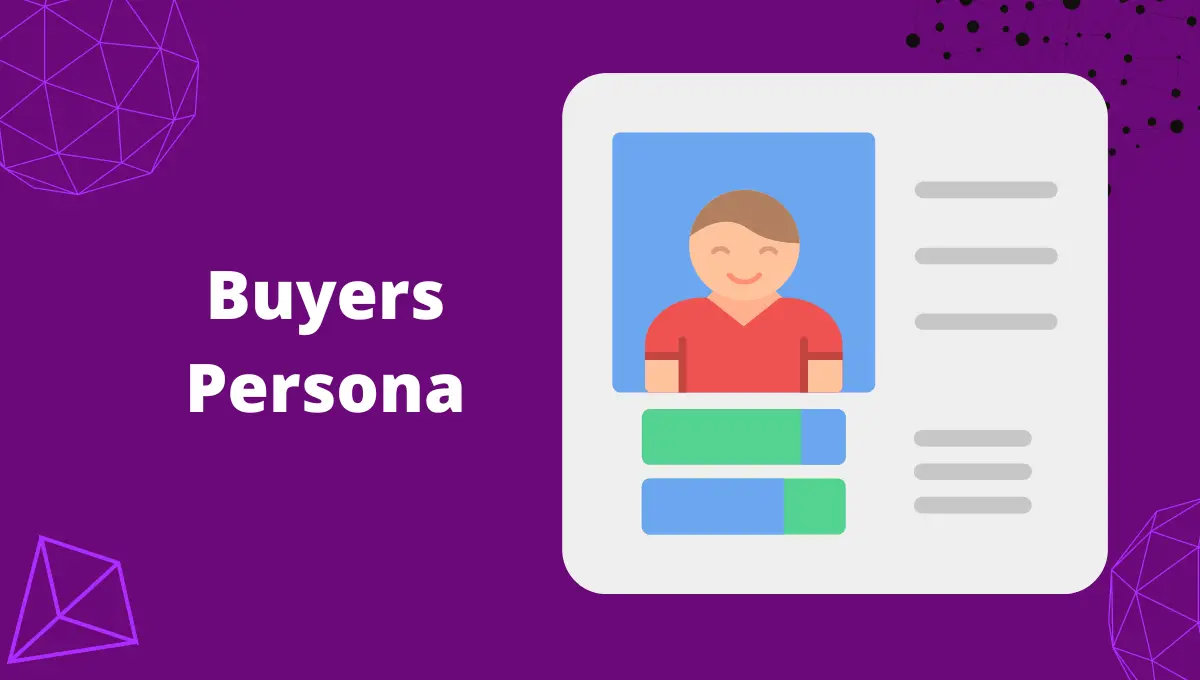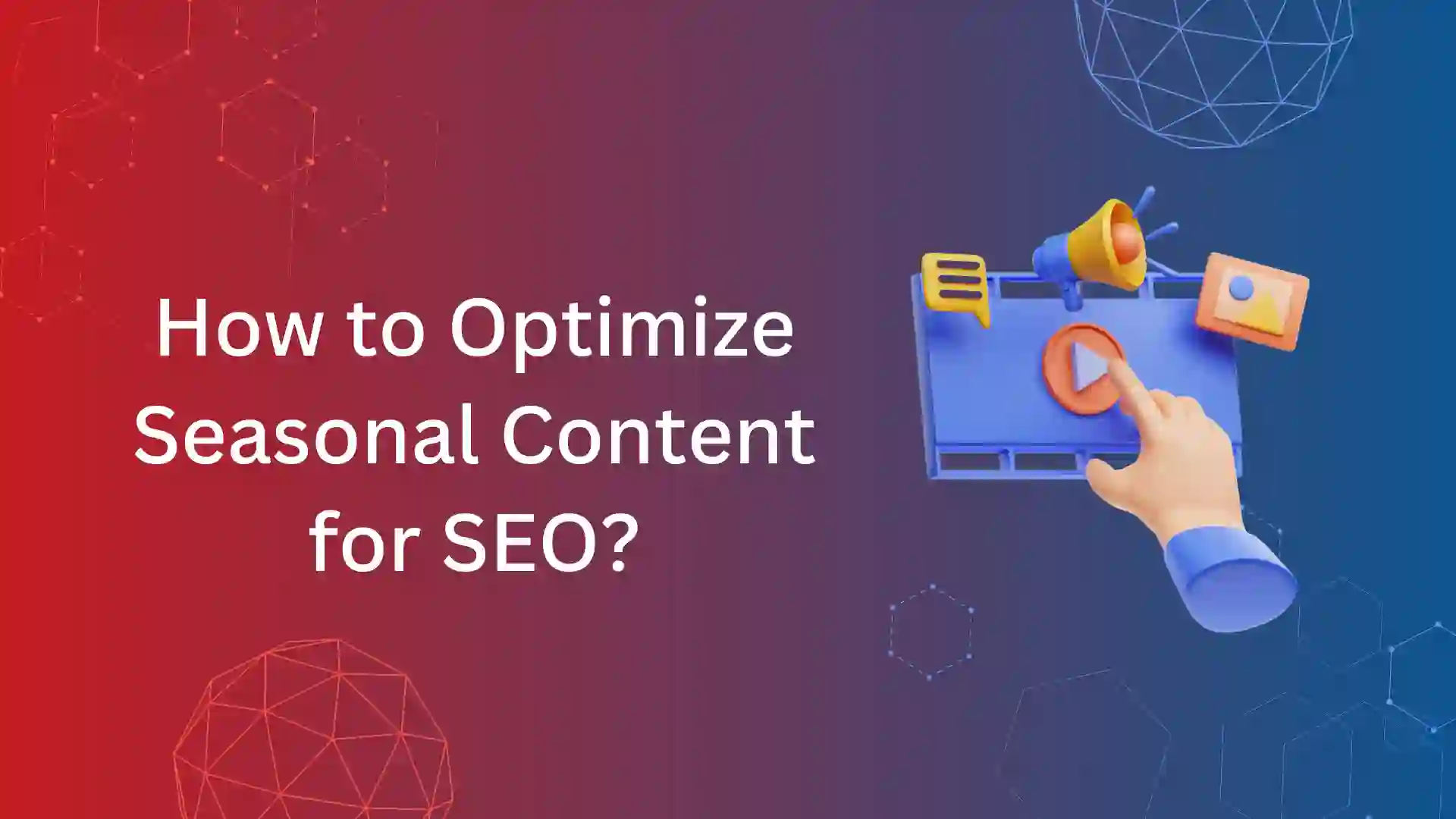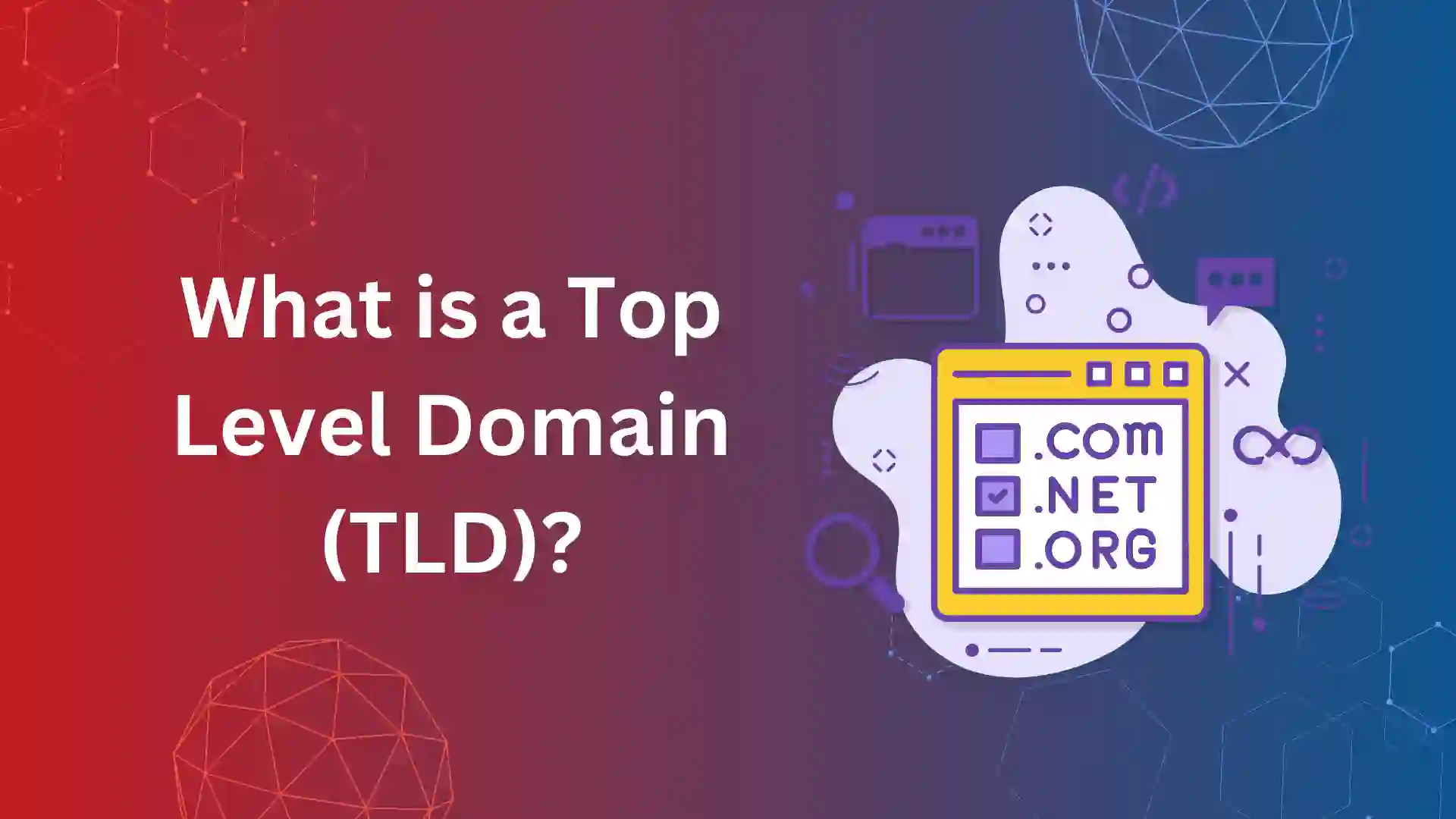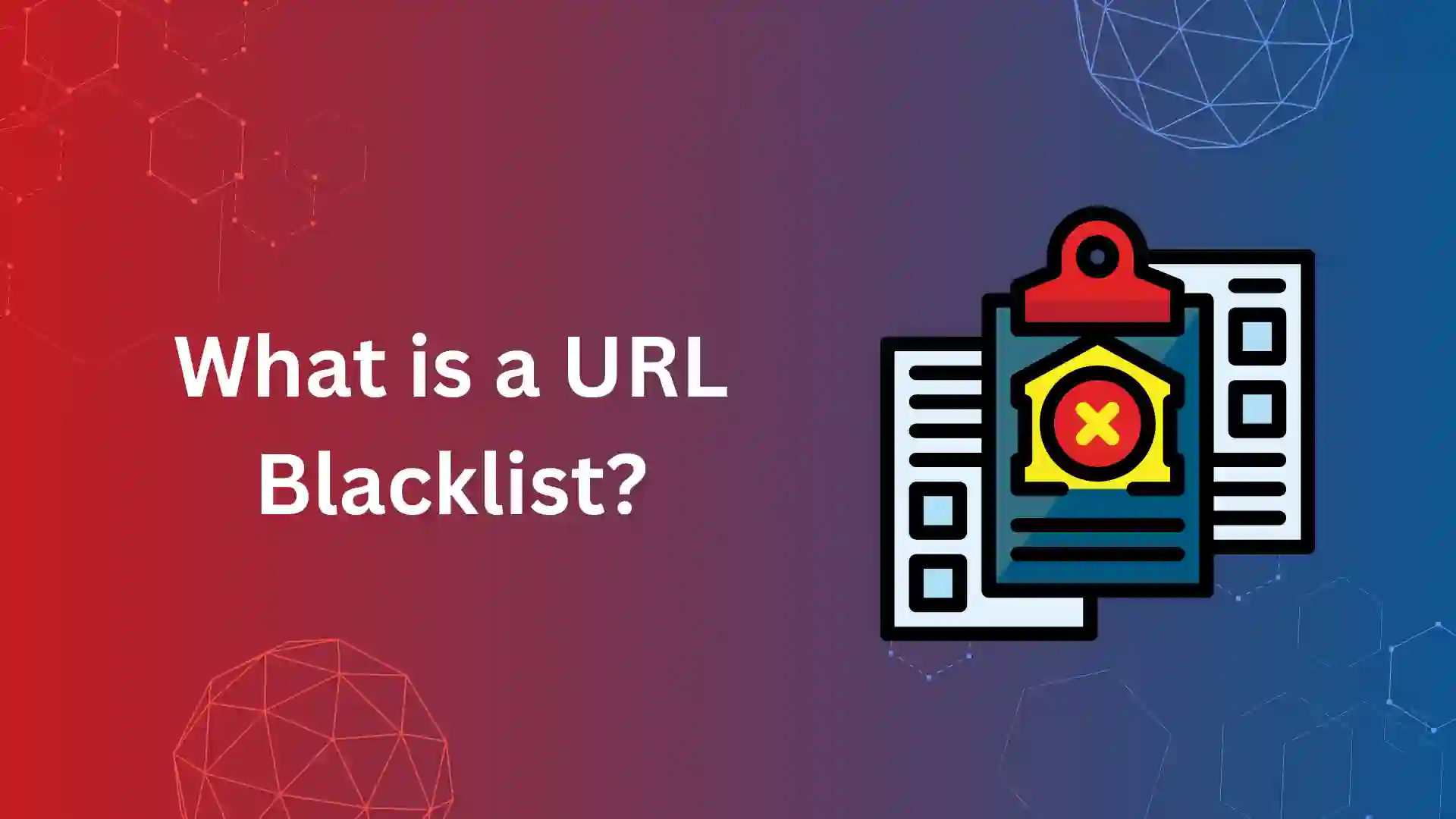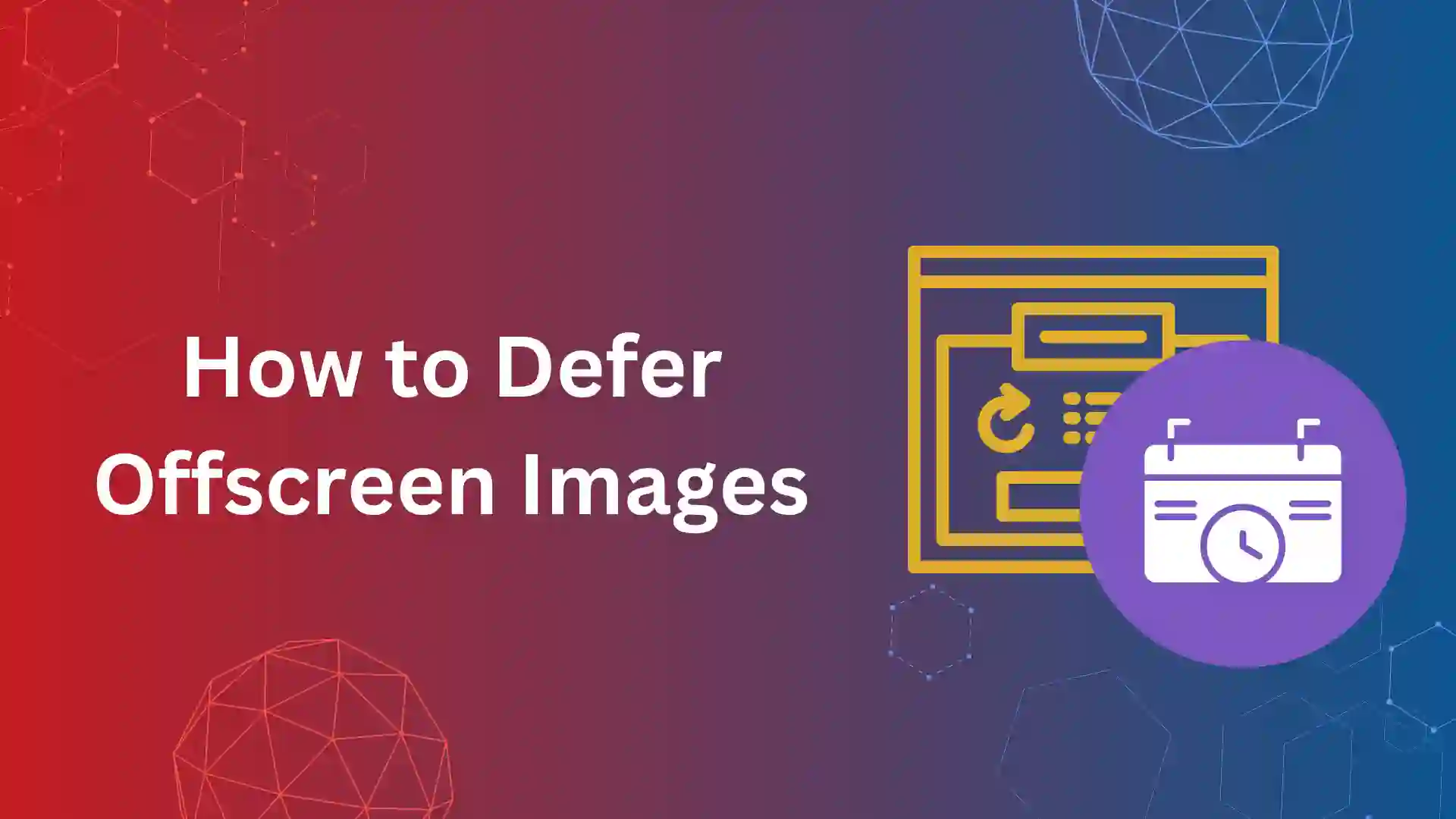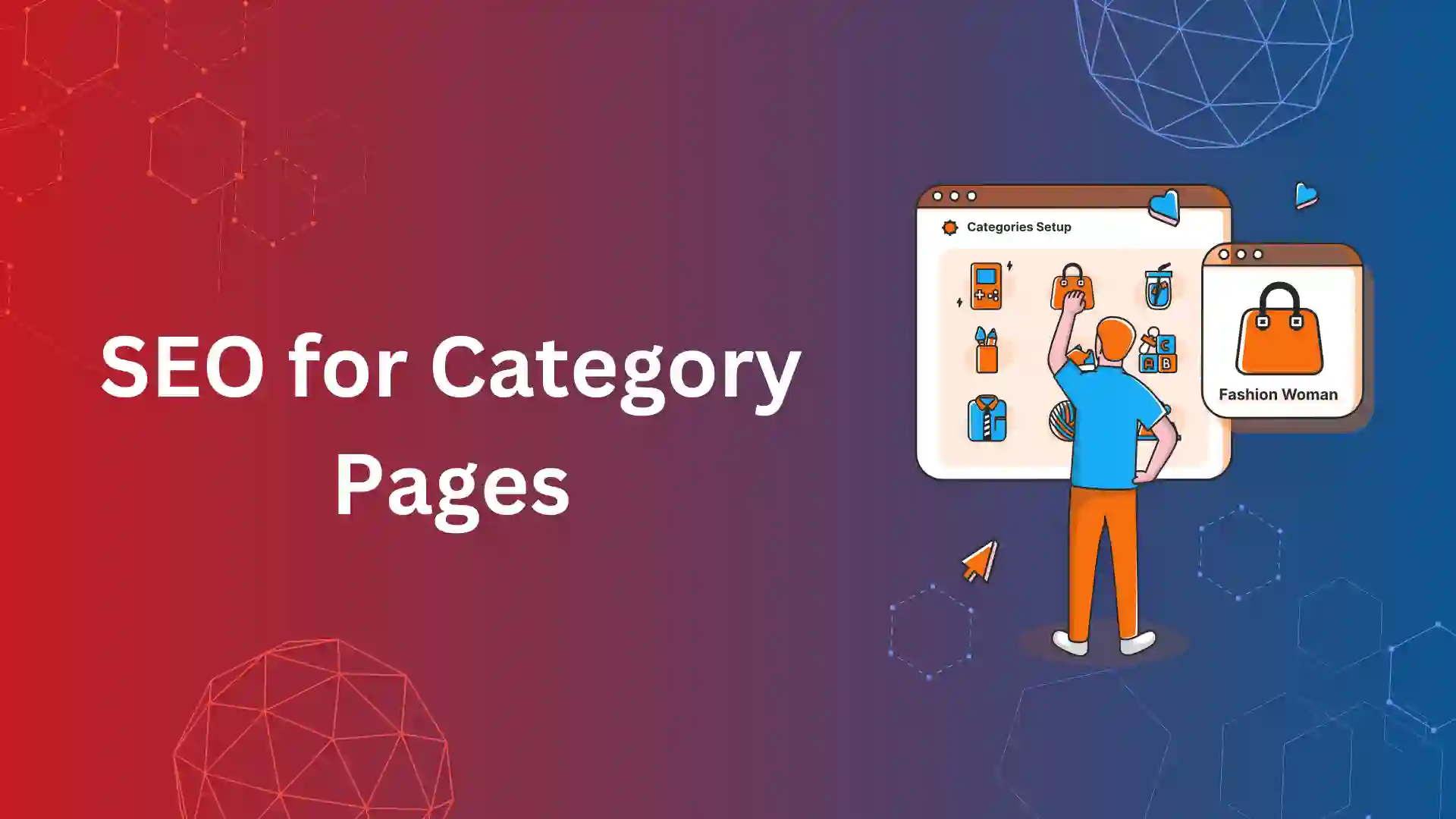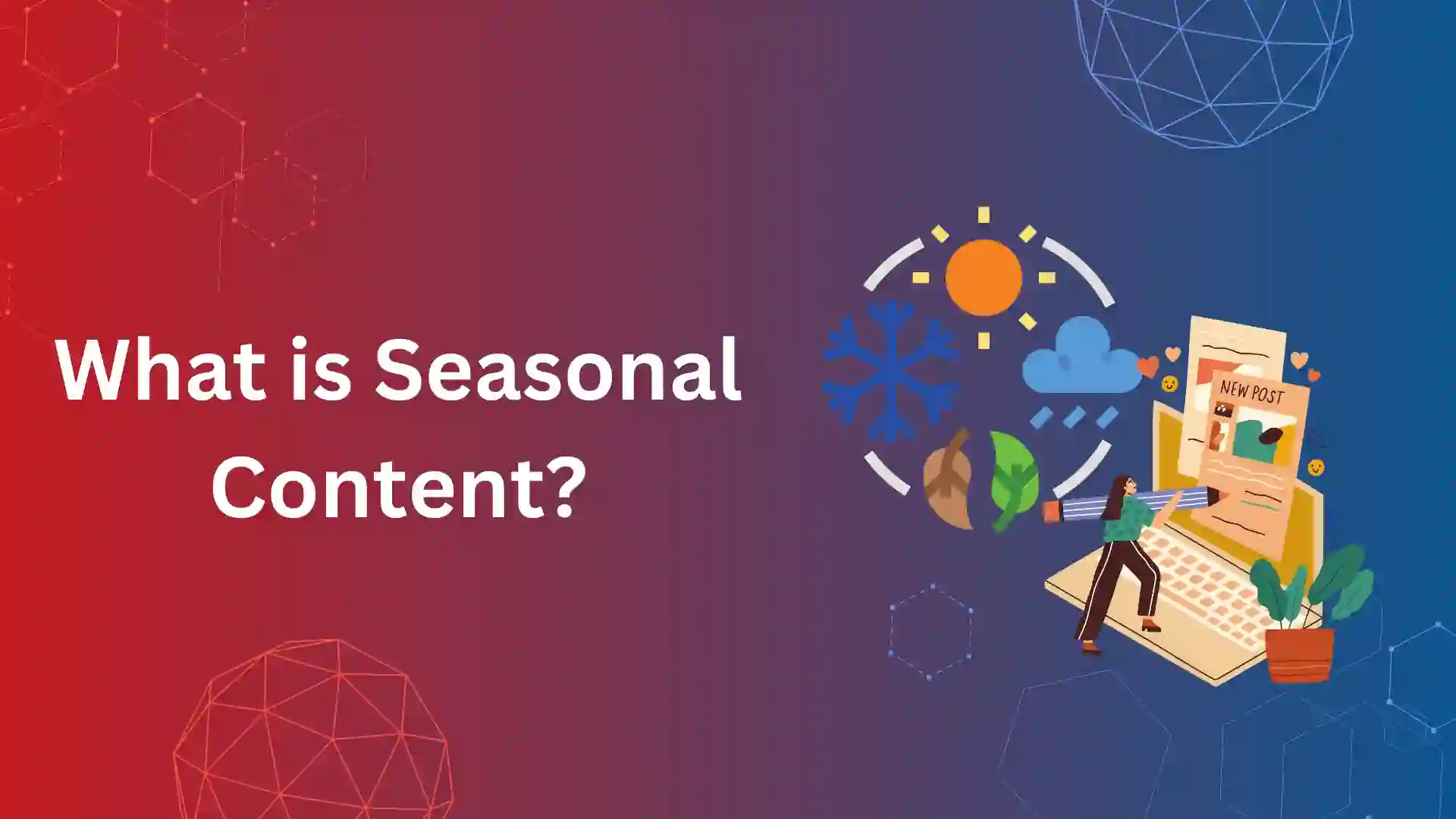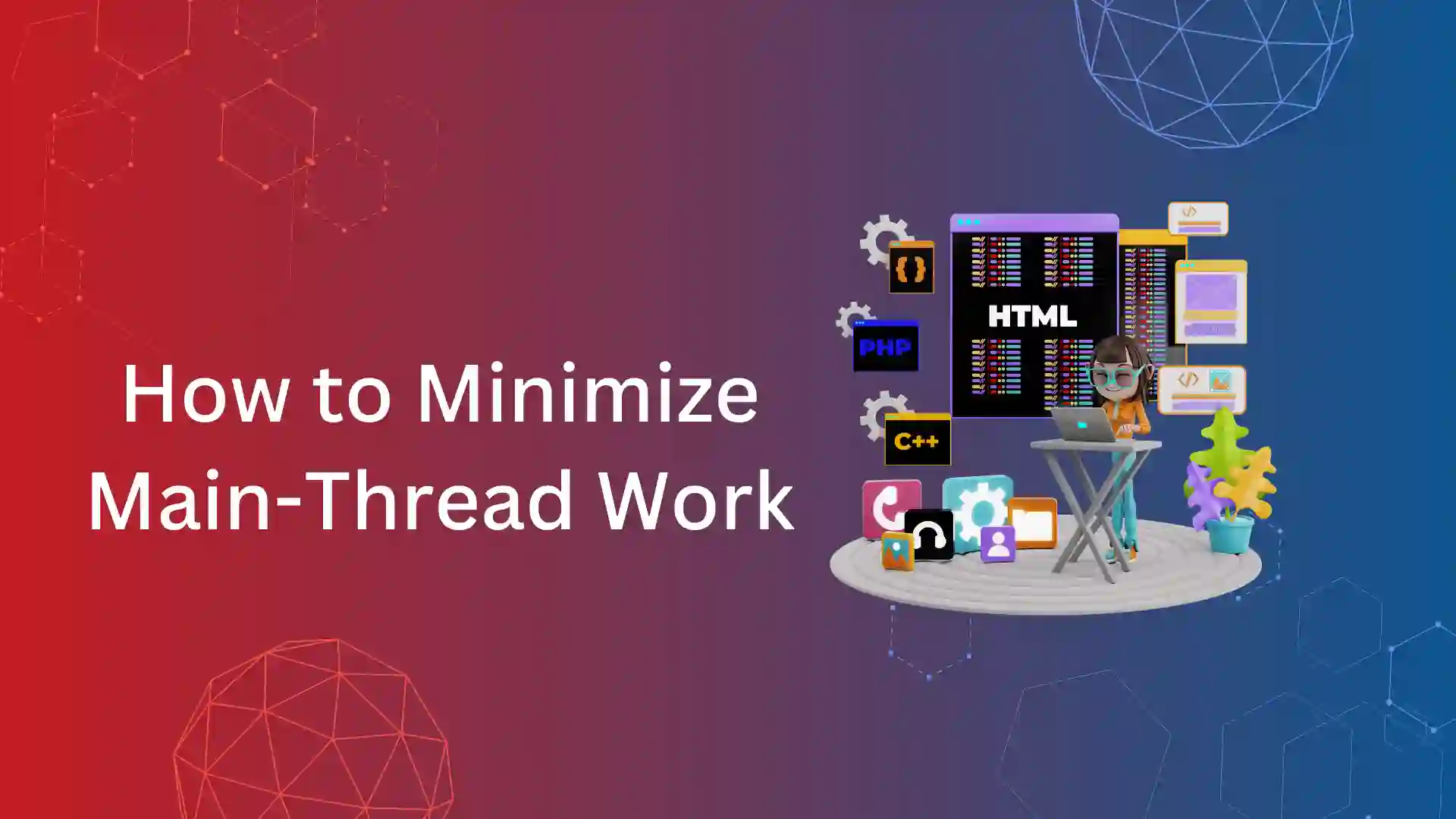Before making a sale, it is important to understand who you are marketing and selling your products to. Buyer personas are an effective component for creating effective marketing strategies that can help with these sales.
To attract more consumers, the marketing messages should be personalized and highly relevant to their unique needs and experiences. Buyer personas address these needs of the customers so that you target customers who are most likely to convert.
So what is a buyer persona, and how do you create one for your business? Read the below article to learn more about buyer personas and their importance in creating effective marketing strategies.
What Is a Buyer Persona?
Buyer personas play an important role in creating growth marketing strategies. It is a fictional representation of your ideal customer or client that is based on detailed and extensive research of your existing or potential customers.
A buyer persona can also be called a customer persona, audience persona, or marketing persona. It can be difficult for you to understand each customer individually.
That is why you need to create a buyer persona that represents your customer base.
With this information, you can clearly understand what kind of audience you are marketing your products to.
It will be much easier to develop creative, effective content that targets the buyer’s goals and challenges.
The buyer persona is created using the customers’ personal information and how they use your products or services. These descriptions correspond to the various segment of your business, with names to match one type of buyer.
Buyer persona is not same as user persona, as they differ from
Importance of Buyer Personas
Buyer personas are more than just fictional representations. They help you attract more potential customers with similar characteristics to the personas by creating personalized marketing messages.
Creating buyer personas can help you discern how your customers feel about your product. You can use it to know what they like/dislike or expect from your products.
Having buyer personas as the primary focus of your marketing campaigns can make you prioritize customer needs instead of your own.
Most brands have multiple buyer personas they market to, but going overboard and having dozens can complicate your marketing campaign. Start small and expand your buyer persona as your business grows and you reach more people.
What Are the Benefits of Buyer Personas?
- One of the important benefits of buyer personas is that they help you gain customer insights that will ensure you create a marketing plan with your ideal customer as the focal point.
- The product development department can use buyer personas to create product roadmaps.
- These personas will assist them in determining and prioritizing making adjustments to your product in accordance with what your clients need the most.
- Buyer personas can assist sales staff in establishing a connection with potential customers.
- Your sales team will be considerably more productive if they comprehend your prospect’s situation and are ready to address any concerns.
- Marketing departments can use buyer personas to create successful strategies. For example, personas are important when developing content marketing strategies.
- They serve as reference points when writing copies and aid in concentrating on keyword research.
- Buyer personas can help customer support teams provide better service to your consumers.
- Your support staff will be able to work better if they have received training on the issues your customers are attempting to solve with your product and what to do when things don’t work out.
Building a Buyer Persona
To create the perfect buyer persona, you need to take into account customer details such as
- demographic details: gender, age, language, education, income level
- behavioral traits: attitude, personality, beliefs, interests
- goals, challenges, and pain points
- buying patterns
- why do they buy the products (purpose)?
- where do they buy the product (retail store, online, etc.)?
- how often do they buy the product?
- how do they use the product?
- how does the product add value to the customer?
- preferred communication channels: do they only respond to emails, or do they prefer texts, calls, etc.?
- for B2B: The size of the business and who makes the final purchasing decisions.
With the above information, it will be easier to get a clear picture of your ideal buyer persona. This can help you know your customers’ wants and needs, which you can use to help them understand how your products can solve their issues.
Sources of Customer Information
To create a buyer persona and better understand your customers, you will need to collect and put together all the information you can collect on your customers. Some sources where you can get these customer information are listed below.
- Industry reports on today’s customers
- Online surveys or personal interviews on customers
- Your website, to know how your customers found you and which websites they come from
- Doing keyword research to determine the terms your target market uses to describe what they are looking for
- Through sales representatives that work with your customers or distribution centers
- Colleagues across the nation that aren’t in direct competition with you and might be prepared to share the buyer personas for their business
What Are the Six Buyer Personas?
There are six types of buyer personas that you can build after gathering all information about your customers. They are as follows.
The innovator: This type of customers likes to be the first to adopt a new product or service.
The perfectionist: This type of customers pays great attention to the quality of the product or service. They are willing to pay the price to get the best product or service.
The value shopper: This type of customers always looks for the best deal. They will compare the prices of various products and strive to make the most out of their money.
The impulsive buyer: This type of customers is prone to make spontaneous decisions on buying products. They don’t do much research about a product and are often driven by emotions.
The bargain hunter: This type of customers is highly motivated to buy products that are on discounts and promotions. They strive to make the best deal from the products or services.
The loyalist: This type of customers is committed to a particular brand and remains loyal to them even if competitor brands offer a better deal.
Steps to Create your Buyer Persona
Creating a buyer persona may seem like a big, complicated process. But if you break down the process into small steps, you can create good buyer personas that can improve how you market and sell your products.
When creating your buyer persona, don’t hasten to create it in one go. Instead, take it step by step and ensure you have covered all the areas without feeling overwhelmed. Below are the five steps you can follow to create your buyer persona.
Do thorough research on your audience
The first step to creating your buyer persona is to do thorough research. Dig a little deeper and find answers to questions like
- who are your existing customers?
- who can become your potential customers?
- who is your social audience?
- who are your competitors targeting?
You can use tools like Google Analytics and other social media analytics like Facebook Audience Insights to get data about your customers.
Identify customer goals and pain points
Depending on the items and services you provide, the objectives of your audience for buying your products may differ. They may buy it for either personal or professional use.
You need to understand what drives your customers to buy your products and what their goal is.
On the other hand, there are also pain points. You need to identify what issues or annoyances your customers seek to resolve with your products.
You can use your sales and customer support team to find answers to the above points.
You can also do customer research by engaging in social listening and social media sentiment analysis.
Do keyword research to monitor mentions of your brand or competitors and what your customers look for in your products.
This can help you understand what your customers love about your products and what areas need improving.
Understand how you can help your customers
Now that you know your customers’ goals and pain points, it is time to consider how you can help them overcome those challenges. This means looking past the features of your products and analyzing the benefits your customers get from your products.
So what is a feature? What is a benefit?
A feature is something that your product or service does. In contrast, a benefit is how your product or service can make your customers’ lives better and easier.
Think about the main purchase barriers your audience face and where they are in the customer journey. You can use the Pirate Funnel to assess the customer journey.
The stages of the pirate funnel are
- Awareness,
- Acquisition,
- Activation,
- Retention,
- Revenue,
- Referral.
Create your buyer persona
Now that you have collected all the data by following the above steps, the final step would be compiling them to create your unique buyer persona.
A buyer might be a fictional representation of your ideal customer, but you must make them seem like a real person.
For example, give your buyer persona a name, gender, personality traits, and other characteristics. This will make it easier for you to find customers with similar characteristics to your buyer persona.
Understand that your buyer persona is not just a list of customer characteristics. It is a detailed, well-researched description of an existing or potential customer.
These data may not be suitable for all of your customers, but they help create a particular archetype for your audience.
Use your buyer persona to create tailored marketing and sales strategies
Once you have created your buyer persona based on all the info you collected about your customers, you can use it to create customized digital marketing and sales strategies that are tailored to a particular audience segment.
Here are some ways to use buyer personas in your marketing campaigns.
- You can use buyer personas to create ad campaigns that correspond to your customers’ favorite platforms.
- You can use buyer personas to help your sales and marketing teams familiarize themselves with the customers.
- You can create content that addresses the pain points and challenges.
Wrapping up
- Buyer personas give you a clear insight into how your prospective customers function.
- Right from their goals and dreams to what social media platforms they prefer, you can get a clear idea about your personas.
- You can use this data to target your audience and get maximum conversions.
- Buyer persona is not as same as user persona, yet both are important for a growth marketing campaigns.
Frequently Asked Questions
A buyer persona is a fictional description of a company’s ideal customer. Other terms for buyer persona are “customer persona,” “audience persona,” and “marketing persona.”
No matter how much information you collect about a customer, ensure you have details about these three characteristics.
- Demographic characteristics: Age, gender, location, education, etc.
- Social characteristics: Occupation, income, family situation, etc.
- Psychological characteristics: Behavioral traits, interests, goals, etc.
Here are some easy steps you can follow to create your buyer persona for marketing and sales strategies.
- Do thorough research on your audience.
- Identify their goals and pain points.
- Understand how you help customers solve their pain points.
- Create your buyer persian based on the above information.
- Use the buyer persona to create effective marketing strategies.
A buyer persona is a representation of the person you would like to convert into your customer. This is done to turn potential customers into your customers.
On the other hand, a user persona is a representation of the person who is already your customer. This is done to turn your existing customers into loyal brand advocates (referrals).

